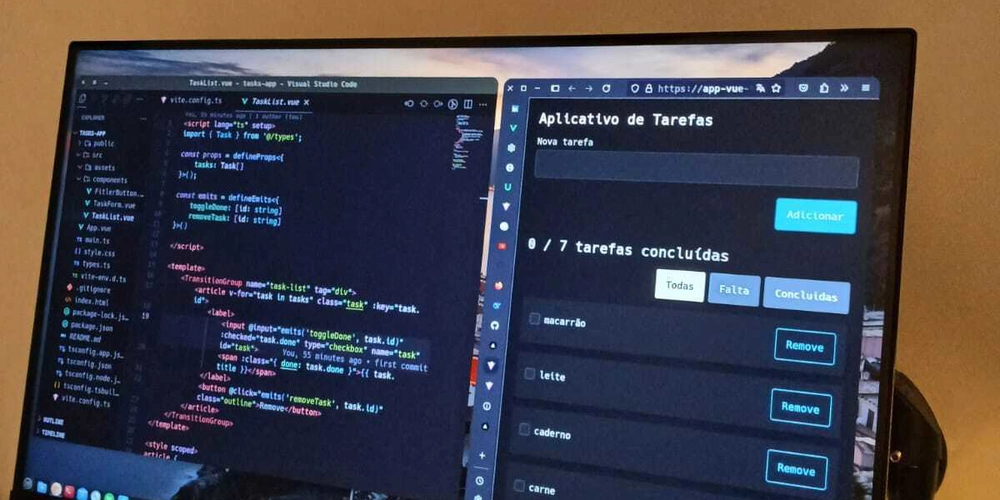The Complexity Conundrum: How Overengineering Slows Your Startup’s Pivot
Introduction: When Code Becomes a Roadblock Imagine a startup codebase so tangled that adding a simple feature feels like defusing a bomb. Excessive code complexity can turn your product into a Jenga tower – one wrong move and the whole thing wobbles. More importantly, complex code is resistant to change, making it painfully slow for a startup to pivot or iterate quickly. Research confirms what every engineer intuitively knows: the more complex the code, the harder it is to understand and work with, which in turn slows down development and leads to more bugs (From Code Complexity Metrics to Program Comprehension – Communications of the ACM). In business terms, complexity is a hidden handbrake on your agility. It’s not just a technical concern; it can hurt the bottom line. As one software QA expert put it, “Problems like bugs and code complexity can hurt a company’s bottom line by hindering product adoption and increasing costs.” (Software QA Process for Product Managers | Toptal®) In fact, a Stripe-Harris Poll study found developers spend 42% of their time on maintenance issues (debugging “bad code”), amounting to an $85 billion annual opportunity cost (The $85 Billion Cost of Bad Code | PullRequest Blog) – all that time could’ve been spent building features or improving product-market fit! In a startup, where the name of the game is speed and adaptability, this is especially risky. You don’t want your codebase to be the reason you miss the market window or fail to execute a pivot when your survival depends on it. As one startup CTO succinctly advised on Hacker News: “Code quality doesn’t matter if you solve your issue... What does matter, though, is **code complexity. Manage your complexity, don’t overcomplicate things if you don’t need to. **No need to design a Ferrari when all you need is a horse and carriage.” (Ask HN: How bad should the code be in a startup? | Hacker News) In other words, keep it simple, get it working, and worry about shining it up later. So why do teams end up with convoluted architectures and god-classes no one dares to touch? Often, it boils down to a phenomenon we’ll call ego-driven overengineering. Let’s contrast that with what startups should be doing: pivot-driven engineering focused on agility. Ego-Driven Overengineering vs. Pivot-Driven Engineering Ever met an engineer (or been one) who wanted to build a solution so fancy and future-proof that it could launch a rocket, when the startup only needed an MVP?

Introduction: When Code Becomes a Roadblock
Imagine a startup codebase so tangled that adding a simple feature feels like defusing a bomb. Excessive code complexity can turn your product into a Jenga tower – one wrong move and the whole thing wobbles. More importantly, complex code is resistant to change, making it painfully slow for a startup to pivot or iterate quickly. Research confirms what every engineer intuitively knows: the more complex the code, the harder it is to understand and work with, which in turn slows down development and leads to more bugs (From Code Complexity Metrics to Program Comprehension – Communications of the ACM). In business terms, complexity is a hidden handbrake on your agility. It’s not just a technical concern; it can hurt the bottom line. As one software QA expert put it, “Problems like bugs and code complexity can hurt a company’s bottom line by hindering product adoption and increasing costs.” (Software QA Process for Product Managers | Toptal®) In fact, a Stripe-Harris Poll study found developers spend 42% of their time on maintenance issues (debugging “bad code”), amounting to an $85 billion annual opportunity cost (The $85 Billion Cost of Bad Code
| PullRequest Blog) – all that time could’ve been spent building features or improving product-market fit!
In a startup, where the name of the game is speed and adaptability, this is especially risky. You don’t want your codebase to be the reason you miss the market window or fail to execute a pivot when your survival depends on it. As one startup CTO succinctly advised on Hacker News: “Code quality doesn’t matter if you solve your issue... What does matter, though, is **code complexity. Manage your complexity, don’t overcomplicate things if you don’t need to. **No need to design a Ferrari when all you need is a horse and carriage.” (Ask HN: How bad should the code be in a startup? | Hacker News) In other words, keep it simple, get it working, and worry about shining it up later.
So why do teams end up with convoluted architectures and god-classes no one dares to touch? Often, it boils down to a phenomenon we’ll call ego-driven overengineering. Let’s contrast that with what startups should be doing: pivot-driven engineering focused on agility.
Ego-Driven Overengineering vs. Pivot-Driven Engineering
Ever met an engineer (or been one) who wanted to build a solution so fancy and future-proof that it could launch a rocket, when the startup only needed an MVP?




























































































































































![[The AI Show Episode 143]: ChatGPT Revenue Surge, New AGI Timelines, Amazon’s AI Agent, Claude for Education, Model Context Protocol & LLMs Pass the Turing Test](https://www.marketingaiinstitute.com/hubfs/ep%20143%20cover.png)






























































































































![[FREE EBOOKS] AI and Business Rule Engines for Excel Power Users, Machine Learning Hero & Four More Best Selling Titles](https://www.javacodegeeks.com/wp-content/uploads/2012/12/jcg-logo.jpg)











































































































































































































































![Hostinger Horizons lets you effortlessly turn ideas into web apps without coding [10% off]](https://i0.wp.com/9to5mac.com/wp-content/uploads/sites/6/2025/04/IMG_1551.png?resize=1200%2C628&quality=82&strip=all&ssl=1)


![This new Google TV streaming dongle looks just like a Chromecast [Gallery]](https://i0.wp.com/9to5google.com/wp-content/uploads/sites/4/2025/04/thomson-cast-150-google-tv-1.jpg?resize=1200%2C628&quality=82&strip=all&ssl=1)













![Apple Drops New Immersive Adventure Episode for Vision Pro: 'Hill Climb' [Video]](https://www.iclarified.com/images/news/97133/97133/97133-640.jpg)

![Most iPhones Sold in the U.S. Will Be Made in India by 2026 [Report]](https://www.iclarified.com/images/news/97130/97130/97130-640.jpg)

































































































































